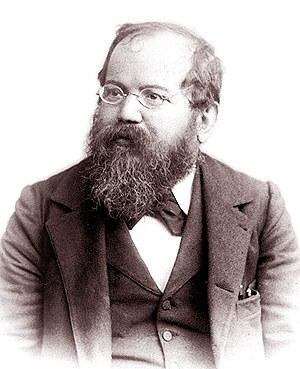The opening is the initial stage of a chess game. It usually consists of established theory. The other phases are the middlegame and the endgame. Many opening sequences, known as openings, have standard names such as "Sicilian Defense". The Oxford Companion to Chess lists 1,327 named openings and variants, and there are many others with varying degrees of common usage.
The French Defence is a chess opening characterised by the moves:
The Nimzo-Indian Defence is a chess opening characterised by the moves:
The Queen's Indian Defense (QID) is a chess opening defined by the moves:
The English Opening is a chess opening that begins with the move:
The Black Knights' Tango is a chess opening beginning with the moves:
The Budapest Gambit is a chess opening that begins with the moves:
The Queen's Pawn Game is any chess opening starting with the move 1.d4, which is the second-most popular opening move after 1.e4.
The Chigorin Defense is a chess opening named for 19th-century Russian master Mikhail Chigorin. An uncommonly played defense to the Queen's Gambit, it begins with the following moves:
The Slav Defense is a chess opening that begins with the moves:
The Englund Gambit is a rarely played chess opening that starts with the moves:
The Queen's Gambit Declined is a chess opening in which Black declines a pawn offered by White in the Queen's Gambit:
The Keres Defence is a chess opening characterised by the moves:
In the game of chess, Indian Defence or Indian Game is a broad term for a group of openings characterised by the moves:
In chess, the Maróczy Bind is a term alternately used to refer to an opening or its associated pawn structure, named for the Hungarian grandmaster Géza Maróczy. When the Bind is discussed as an opening, it is defined as 1.e4 c5 2.Nf3 Nc6 3.d4 cxd4 4.Nxd4 g6 5.c4. The Maróczy Bind opening is a continuation of the Sicilian Defence, Accelerated Dragon, where 5.c4 is the characteristic move.
The English Defence is a chess opening characterised by the moves:

The third World Chess Championship was held in New York City from 9 December 1890 to 22 January 1891. Holder Wilhelm Steinitz narrowly defeated his Hungarian challenger, Isidor Gunsberg.


